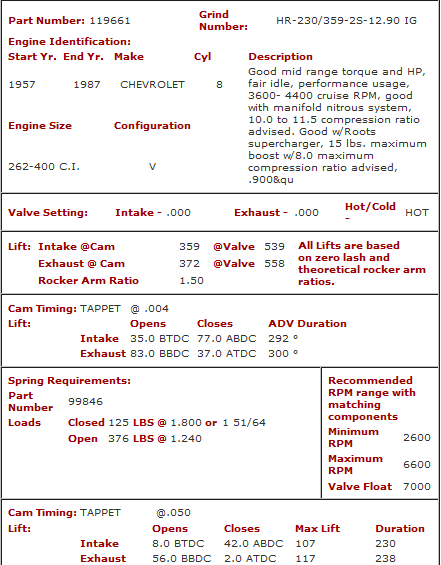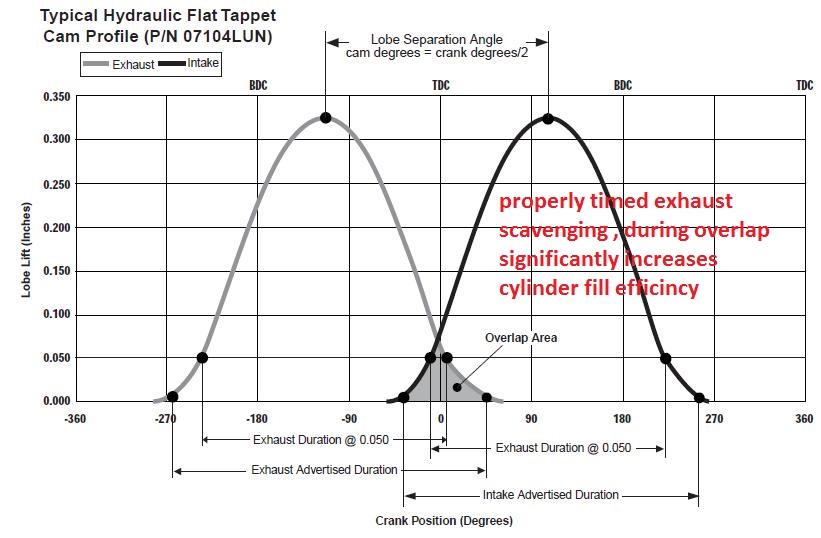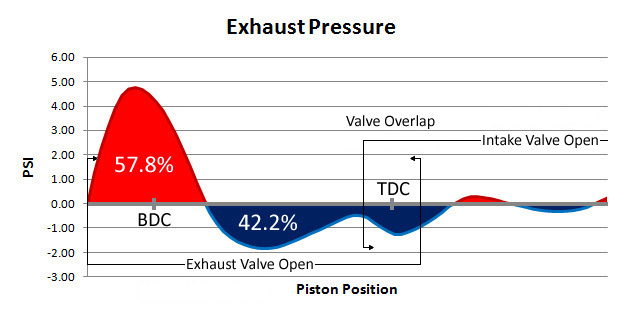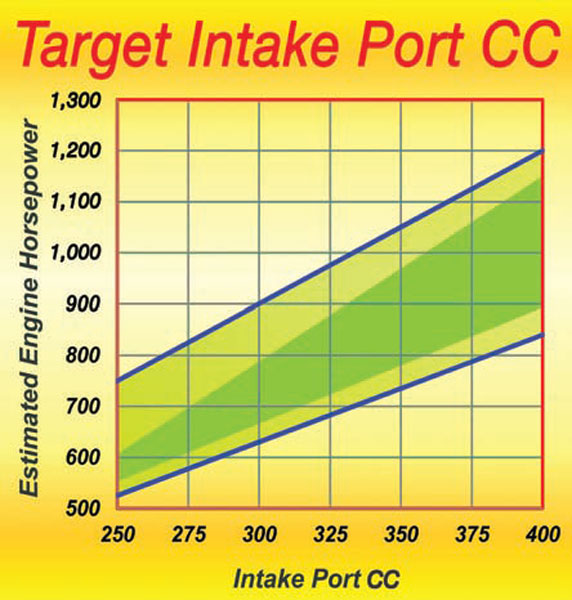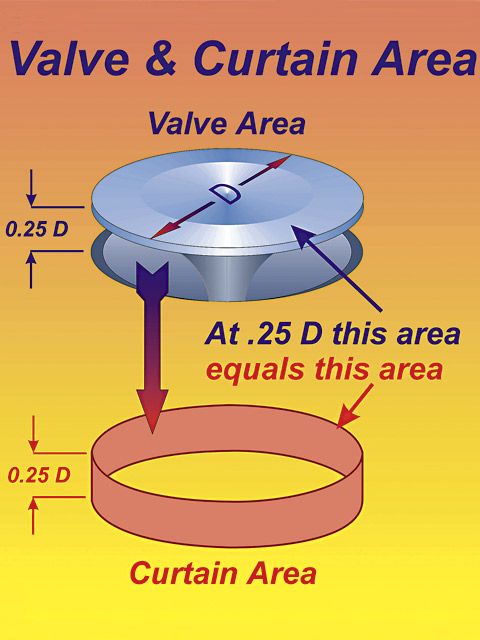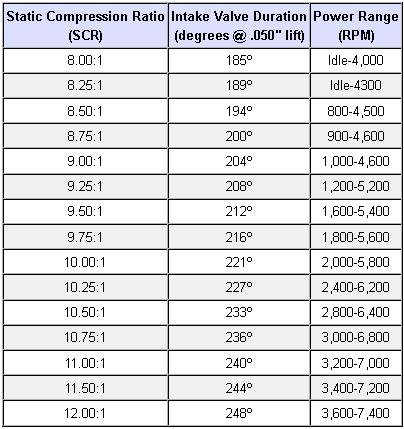a few factors you might be over looking,
that have a pronounced effect on selecting header length
(1) the displacement of each individual cylinder
(2) the average rpm in which the engine operates
(3) the available room in the engine compartment and under the car available for the header too occupy
(4) the cost vs benefits the longer header design might provide, in the intended application
(5) the intended rpm range and power band or expected torque curve.
(6) the available fuel octane and the average monthly cost of fuel to the owners
(7) obviously cam timing, lift and duration, must match the intended rpm range,
the cylinder head flow rates and the headers are designed for
most cars are sold for a blend of reasonably lower cost transportation, performance and longer term durability and increased passenger comfort
the ratio of each will vary of course , but engineers will design to keep the durability reasonably high and cost fairly low, and ease of assembly,
and lower initial cost, rather than push for max performance or allow annoying noise levels, or reduce the cars weight if it reduces operator comfort
http://garage.grumpysperformance.com/index.php?threads/header-dimension-calculator.15013/#post-84900
http://garage.grumpysperformance.com/index.php?threads/calculating-header-design.185/
that have a pronounced effect on selecting header length
(1) the displacement of each individual cylinder
(2) the average rpm in which the engine operates
(3) the available room in the engine compartment and under the car available for the header too occupy
(4) the cost vs benefits the longer header design might provide, in the intended application
(5) the intended rpm range and power band or expected torque curve.
(6) the available fuel octane and the average monthly cost of fuel to the owners
(7) obviously cam timing, lift and duration, must match the intended rpm range,
the cylinder head flow rates and the headers are designed for
most cars are sold for a blend of reasonably lower cost transportation, performance and longer term durability and increased passenger comfort
the ratio of each will vary of course , but engineers will design to keep the durability reasonably high and cost fairly low, and ease of assembly,
and lower initial cost, rather than push for max performance or allow annoying noise levels, or reduce the cars weight if it reduces operator comfort
http://garage.grumpysperformance.com/index.php?threads/header-dimension-calculator.15013/#post-84900
http://garage.grumpysperformance.com/index.php?threads/calculating-header-design.185/
Last edited:

